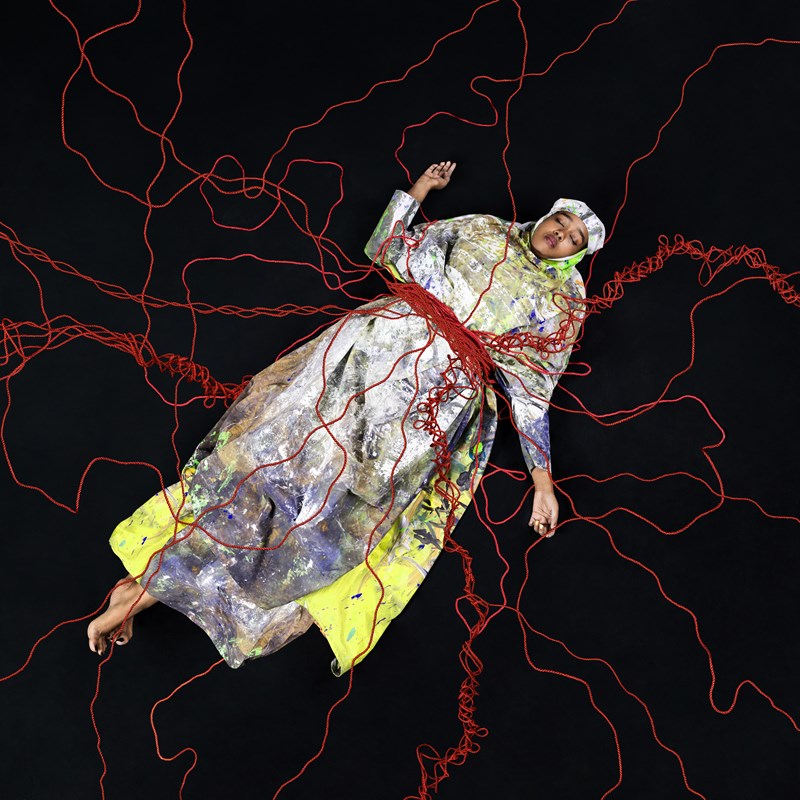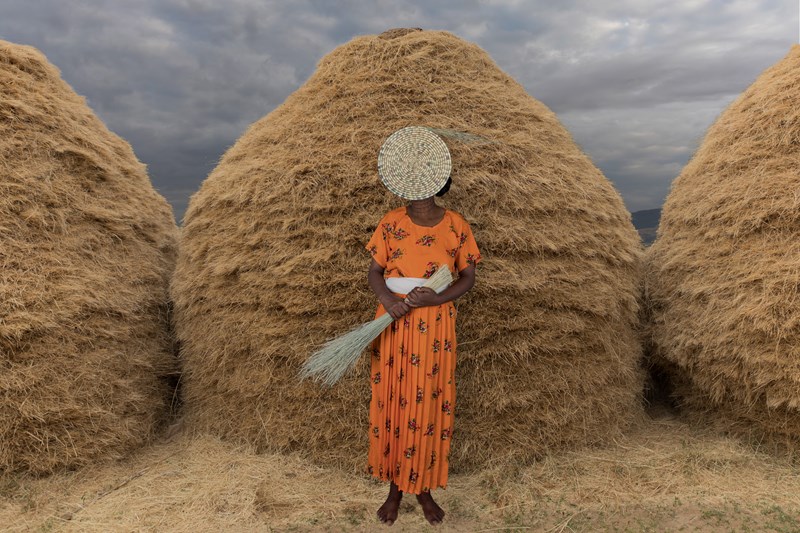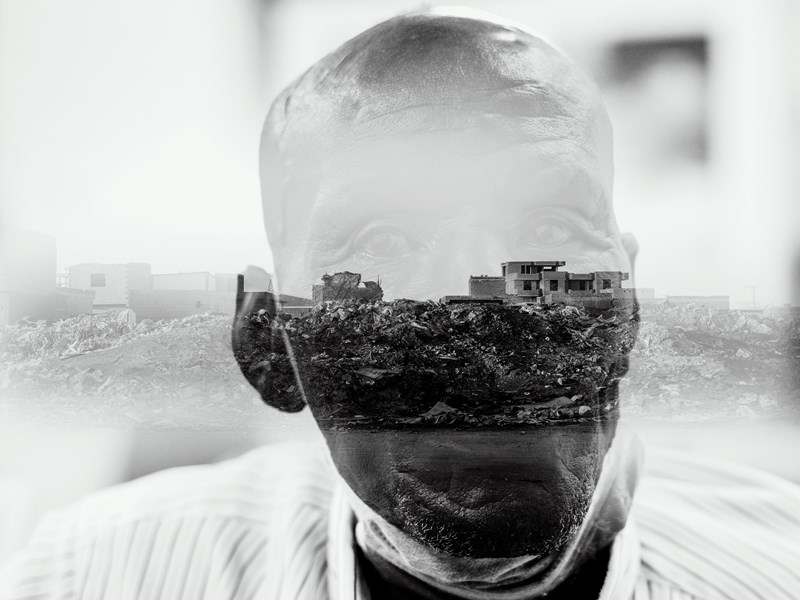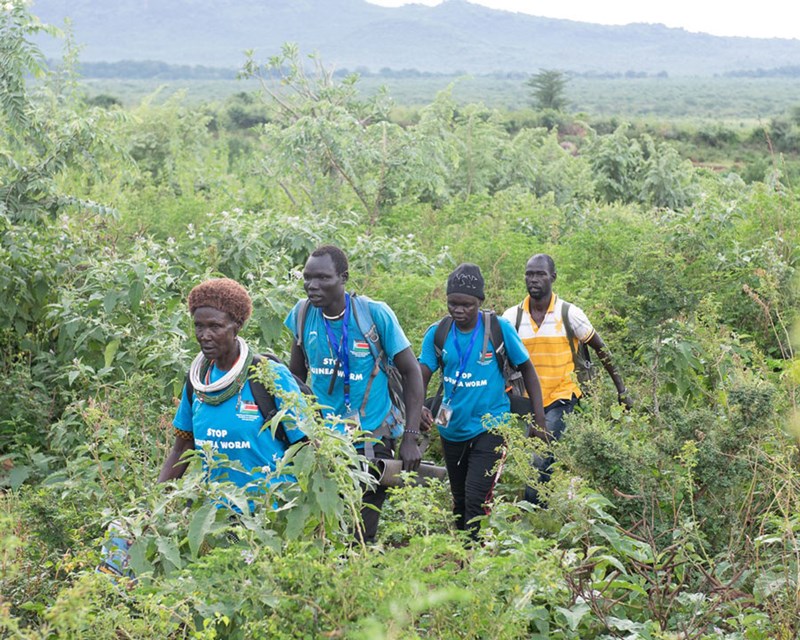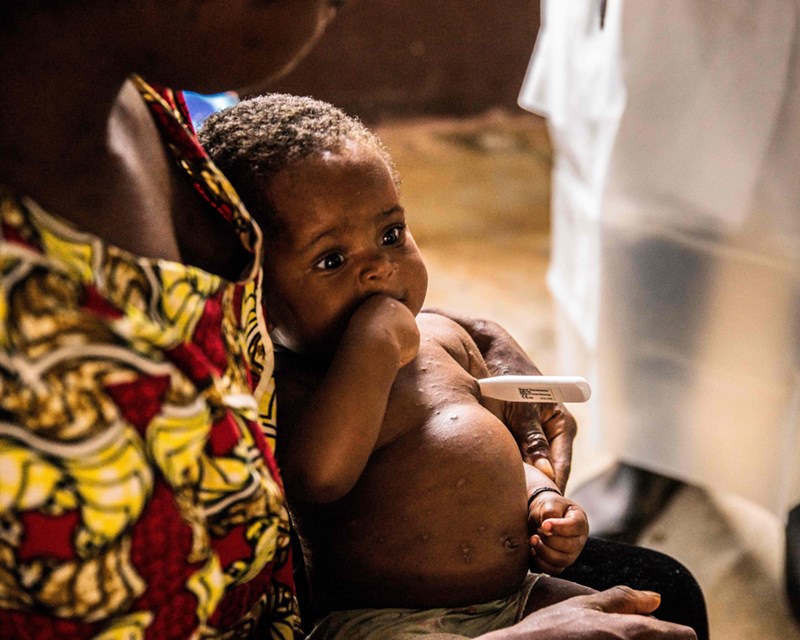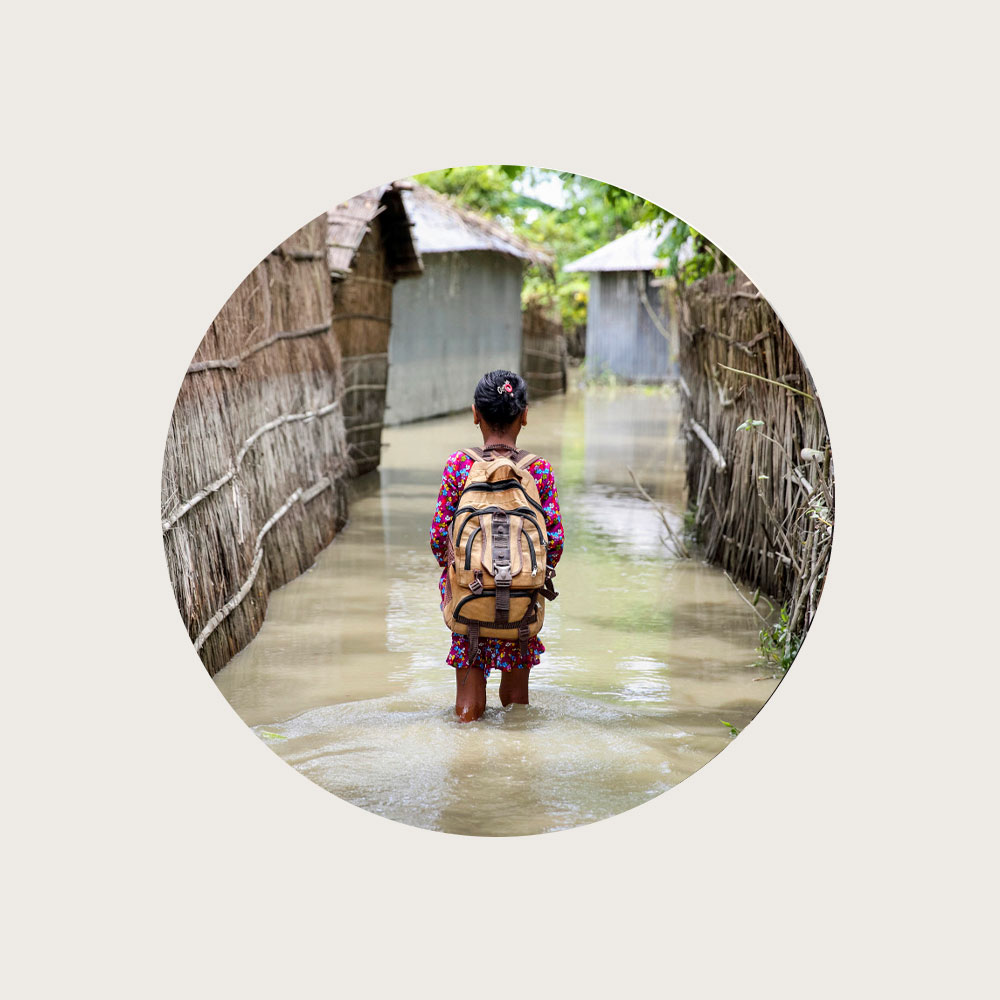Against a vibrant red backdrop, Aïda Muluneh's The Blind Gaze portrays African women donning white and blue traditional garments with white-painted faces. This evocative composition delves into the multidimensional consequences of so-called neglected tropical diseases (NTDs) in post-colonial Africa, including their emotional, mental, and economic toll on the community in terms of gender equity, human rights, and access to health care.
For some, the artwork also provides commentary on the disparity of media attention between issues affecting the Global North and Global South, underscoring the lamentable neglect of the latter.
Muluneh's picture is part of a travelling exhibition which she curated with the aim to highlight the prevalence of NTDs. A group of some 20 conditions – such as onchocerciasis (river blindness), lymphatic filariasis, and Guinea Worm - NTDs affect more than 1.7 billion of the world’s poorest people, blighting communities from Africa to the Americas.
NTDs blind, maim and disfigure their victims, keeping children out of school, adults out of work, and trapping families in poverty. Yet most are preventable or treatable.
Referring to her collection titled The Crimson Echo, Ethiopian-born Muluneh, who both curated and participated in the exhibition, said: “A lot of people do not think about the human element of disease, especially when we talk about Africa. In my collection, I tried to imagine how people really feel: the fear around a specific disease, the reaction of the community, or the cultural elements.”
“This [the exhibition] has become an opportunity for me to share a different way of imagining challenges. [NTDs] are really something that we must eliminate. When we speak about the future of Africa, it must be an Africa that is healthy because disease will really impact the future of the continent,” said Muluneh.


